Related Research Articles

Michel de Nostredame, usually Latinised as Nostradamus, was a French astrologer, apothecary, physician, and reputed seer, who is best known for his book Les Prophéties, a collection of 942 poetic quatrains allegedly predicting future events.
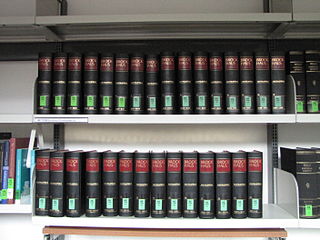
A reference work is a work, such as a paper, book or periodical, to which one can refer for information. The information is intended to be found quickly when needed. Such works are usually referred to for particular pieces of information, rather than read beginning to end. The writing style used in these works is informative; the authors avoid opinions and the use of the first person, and emphasize facts.

Samizdat was a form of dissident activity across the Eastern Bloc in which individuals reproduced censored and underground makeshift publications, often by hand, and passed the documents from reader to reader. The practice of manual reproduction was widespread, because typewriters and printing devices required official registration and permission to access. This was a grassroots practice used to evade official Soviet censorship.
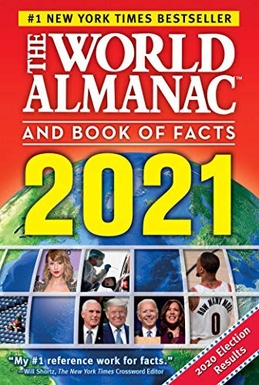
The World Almanac and Book of Facts is a US-published reference work, an almanac conveying information about such subjects as world changes, tragedies, and sports feats. It has been published yearly from 1868 to 1875, and again every year since 1886.
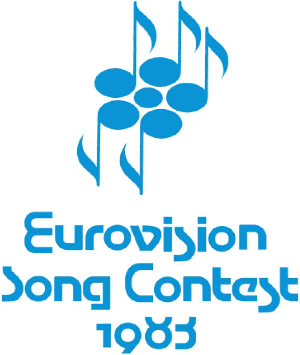
The Eurovision Song Contest 1983 was the 28th edition of the annual Eurovision Song Contest. It was held in Munich, West Germany, following the country's victory at the 1982 contest with the song "Ein bißchen Frieden" by Nicole. Although this was Germany's first victory, 1983 was the second time Germany had hosted the contest, having previously done so in 1957. Organised by the European Broadcasting Union (EBU) and host broadcaster Bayerischer Rundfunk (BR) on behalf of the Arbeitsgemeinschaft der öffentlich-rechtlichen Rundfunkanstalten der Bundesrepublik Deutschland (ARD), the contest was held at the Rudi-Sedlmayer-Halle on 23 April 1983 and was hosted by German dancer Marlene Charell.

The Davis Cup is the premier international team event in men's tennis. It is organised by the International Tennis Federation (ITF) and contested annually between teams from over 150 competing countries, making it the world's largest annual team sporting competition. It is described by the organisers as the "World Cup of Tennis" and the winners are referred to as the world champions. The competition began in 1900 as a challenge between Great Britain and the United States. By 2023 155 nations entered teams into the competition.

The Almanach de Gotha is a directory of Europe's royalty and higher nobility, also including the major governmental, military and diplomatic corps, as well as statistical data by country. First published in 1763 by C. W. Ettinger in Gotha in Thuringia, Germany at the ducal court of Frederick III, Duke of Saxe-Gotha-Altenburg, it came to be regarded as an authority in the classification of monarchies and their courts, reigning and former dynasties, princely and ducal families, and the genealogical, biographical and titulary details of Europe's highest level of aristocracy. It was published from 1785 annually by Justus Perthes Publishing House in Gotha, until 1944. The Soviets destroyed the Almanach de Gotha's archives in 1945.

The Frankfurt Book Fair is the world's largest trade fair for books, based on the number of publishing companies represented. The five-day annual event in mid-October is held at the Frankfurt Trade Fair grounds in Frankfurt am Main, Germany. The first three days are restricted exclusively to professional visitors; the general public attend the fair on the weekend.
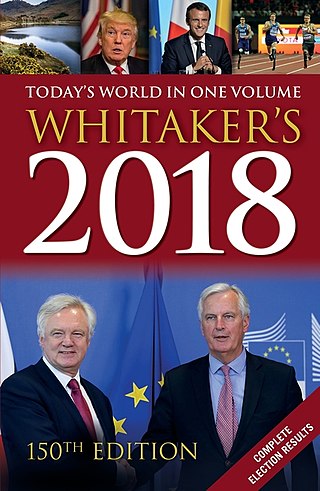
Whitaker's is a reference book, published annually in the United Kingdom. It was originally published by J. Whitaker & Sons from 1868 to 1997, next by HM Stationery Office until 2003 and then by A. & C. Black, which became a wholly owned subsidiary of Bloomsbury Publishing in 2011. The publication was acquired by Rebellion Publishing in 2020, with the 153rd edition appearing on 15 April 2021. In mid-2022, Rebellion announced that there would not be a 2022 edition and no further editions have appeared since then.

The Old Farmer's Almanac is an almanac containing weather forecasts, planting charts, astronomical data, recipes, and articles. Topics include gardening, sports, astronomy, folklore, and predictions on trends in fashion, food, home, technology, and living for the coming year. Published every September, The Old Farmer's Almanac has been published continuously since 1792, making it the oldest continuously published periodical in North America. The publication follows in the heritage of American almanacs such as Benjamin Franklin’s Poor Richard's Almanack.
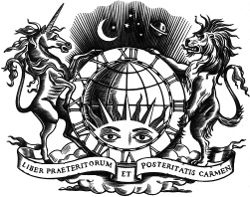
Schott's Almanac was a best-selling UK reference book, published annually in the United Kingdom between 2006 and 2010. The book was compiled by Ben Schott and published by Bloomsbury Publishing Plc.

Washington Park Race Track was a popular horse racing venue in the Chicago metropolitan area from 1884 until 1977. It had two locations during its existence. It was first situated at what became the Washington Park Subdivision of the Woodlawn community area of Chicago in Cook County, Illinois, United States. This is immediately south of both the Washington Park community area and Washington Park. The track was later relocated to Homewood, Illinois, which is also in Cook County.

ArtAsiaPacific is the longest running English-language periodical solely dedicated to covering contemporary art and culture from sixty-seven countries, territories, and Chinese Special Administrative Regions that it considers to be within Asia, the Pacific, and the Middle East. It is published six times a year and is distributed internationally. A regular issue includes feature-length articles on artists, themes or events; essays; profiles on artists or collectors; reviews of biennials, exhibitions, art publications and films; news including obituaries and appointments; auction and art fair reports; and previews of shows.
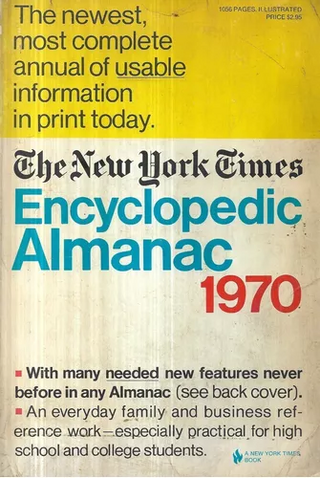
The New York Times Almanac (NYTA) was an almanac published in the United States.

The Arizona Capitol Times is a non-partisan, weekly newspaper covering state politics and government published every Friday in Phoenix, Arizona. The paper focuses on the Arizona Legislature, the state's politicians, government agencies and elected leadership.

A newspaper is a periodical publication containing written information about current events and is often typed in black ink with a white or gray background. Newspapers can cover a wide variety of fields such as politics, business, sports, art, and science. They often include materials such as opinion columns, weather forecasts, reviews of local services, obituaries, birth notices, crosswords, editorial cartoons, comic strips, and advice columns.

The Europa World Year Book provides detailed country surveys containing analytical, statistical and directory data available for over 250 countries and territories.

Flottes de combat, translated as Combat Fleets of the World, is an almanac and reference book for the world's navies. Arranged by nation, listings include ship names, construction information, engineering characteristics, and armament specifications. Most listings include one or more photographs along with relevant observations. Sometimes, there is an elevation drawing to indicate particular characteristics. It is published in French and English.

Franz Kurowski was a German author of fiction and non-fiction who specialised in World War II topics. He is best known for producing apologist, revisionist and semi-fictional works on the history of the war, including the popular English-language series Panzer Aces and Infantry Aces.

The 20th Century Press Archives comprises about 19 million newspaper clippings, organized in folders about persons, companies, wares, events and topics.
References
- ↑ Der Fischer Weltalmanach erscheint im Herbst 2018 zum letzten Mal, buchreport.de, 2018-03-27